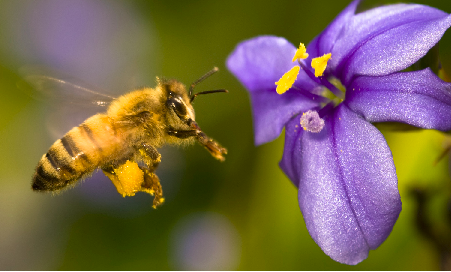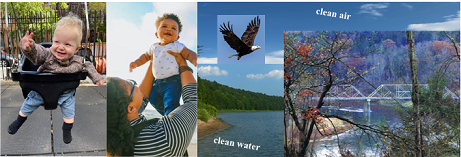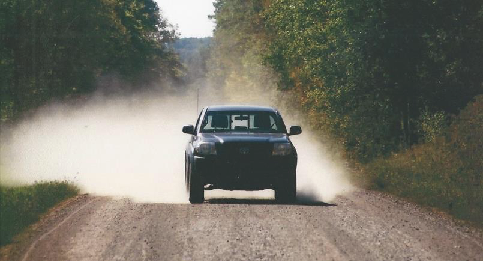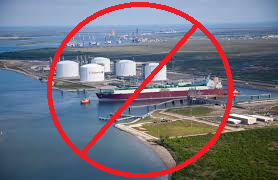
Protect New York’s Birds, Bees, Water, and Health from Neonics
November 8, 2021
Fracking Banned in the DRB, but NOT a FULL Ban – More to Do in ’22!
December 3, 2021Road Dumping Of Drilling Wastewater Is Tearing Apart Dirt Roads & Creating Environmental Hazards

By Siri Lawson, PA Environment Digest Blog, November 16, 2021
DCS has been working with Siri Lawson and others, for over 5 years, fighting the dumping of frack waste on dirt roads.
Farmington Township lies in Northwest Pennsylvania. In 2017-18, the Township became ground zero in the debate over using public dirt roads for oil and gas wastewater disposal.
Our township roads became brine dumpsites, and the practice continues elsewhere. The excessive, repetitive, sanctioned road spreading causes Township roads to physically, mechanically and chemically change and break down.
I took pictures. [Click Here to see photos accompanying this article.]
Dirt roads in townships everywhere conventional oil and gas drilling occurs can be so heavily inundated with drilling wastewater– brine– they become “sodic”– showing the classic cracking of the road riding surface from sodium overload caused by the oil and gas wastewater.
Experts say this means brine has destabilized the road. Locals say the roads had “lost their base.”
Thousands of tons of existing and applied gravel sinks to the bottom of the roadbed over time on roads spread with oil and gas wastewater.
Quicksand-like peach colored fines and sediments rise to the top leaving a changeable and erratic riding surface.
A hallmark of a “sodic” road is that dry weather will cause a thin crust on the surface of the road.
Moisture, in any season, will cause vehicle tires to scramble for traction. A lot of moisture will cause an over-brined road to become so immediately waterlogged it can become nearly impassable.
There are Township residents who complained the over-brined muck necessitated the use of 4-wheel drives to access their homes in the summer.
There were also reports that tow trucks had to dislodge vehicles that became mired in the brine mud.
Driving over a freshly brined road had the same effect.
A single pass of brine would immediately begin softening the road surface. The typical road spreading operation involves making three or more passes on each section of the road.
Road spreading would generate a massive accumulation of toxic mud on vehicles, Amish buggies, even bare feet.
The mucky brine accumulation would rapidly dry.
Amish and English alike reported that chisels were needed to remove the toxic caked muck.
Anti-brine petition signers in Farmington Township often said oil and gas wastewater made dusty dirt roads even dustier.
Before researchers began looking at sodic road dispersion properties, some locals said the excessive dust came from the salts in brine.
Others said oil and gas wastewater is dirty, filled with particulate that blew when it dried.
We residents knew dust would begin to blow again even before freshly spread brine was even dry. Often in as little as an hour.
The fossil fuel industry as well as regulators used this evaporative phenomena as an excuse to dump more oil and gas wastewater.
It became a self-perpetuating cycle.
Through science we now know the ions in the road material and the ions in the oil and gas wastewater actually push each other apart and destabilize the road creating dust and more runoff into ditches and streams than would normally occur.
Not Just Salt
If you were Amish and riding in a buggy, or just needed to cross the road to get to your mailbox, a freshly brined road could “knock your socks off.”
Any brine from any geologic layer is not just metals and salts. There is an alphabet soup of hazards in freshly spread brine.
Volatile organic compounds, benzene, toluene, ethylbenzene and xylene, Diesel Range organics, frac fluid, production chemicals, stimulation chemicals, biocides, well maintenance chemicals all find their way into conventional oil and gas drilling wastewater. [Read more here]
Whatever goes down the well, comes up from the well, and can get put on a public road.
And it is significantly– maybe dangerously radioactive.
Google says sea water is 220 times saltier than freshwater and the ancient seawater called brine is 7 to 10 times saltier than that.
Brine is a very toxic hazard the government and industry is externalizing to unsuspecting people and the environment.
Improper Road Maintenance
In addition to the brine, the way townships typically choose to maintain dirt roads adds to the problem.
Every year or so on my dirt road in Farmington Township, the Township uses a large road grader to drag dirt up from the ditches moving it to the center of the dirt road.
The Township then uses a York rake and makes multiple passes across this loosened dirt to smooth it out with no compaction.
The dirt is left to blow.
Sometimes gravel is added, but in the years of heavy brining, the gravel rapidly sank below the road riding surface.
This is how townships with dirt roads tend to maintain them. It is certainly not how the Penn State Center For Dirt and Gravel Road Studies has said it should be done to minimize dust and sediment runoff.
Penn State Center also calls road spreading of drilling wastewater an environmentally unsound practice. [Read more here]
When You Stop Spreading
What happens when you stop spreading oil and gas wastewater on dirt roads like they did in my Farmington Township?
The roads lose the peach color– the tell-tale sign of heavy road spreading– and return to a more normal gray color.
On most roads the gravel no longer sinks to the bottom out-of-sight. The road surface becomes firmer, and there’s no sodic crust on top.
If townships use close to proper road maintenance practices, the roads remain firm while dry or wet and they aren’t slimy like when they are spread with drilling wastewater.
And there is much less dust and mud on vehicles and Amish buggies.
In some areas, the difference has been dramatic.
Conclusion
Townships swear they need brine to suppress the dust they create and oil and gas operators are all too ready to oblige.
Disturbing a toxic, sodic road, leaving loose toxic dredged road dirt on the surface creating its own dust and then claiming a toxic, sodic fluid will suppress the manufactured dust plus prevent potholes defies logic.
Pennsylvania needs to halt this dangerous charade.
Stop the road dumping of drilling wastewater.



